When and how do children learn about sexuality?
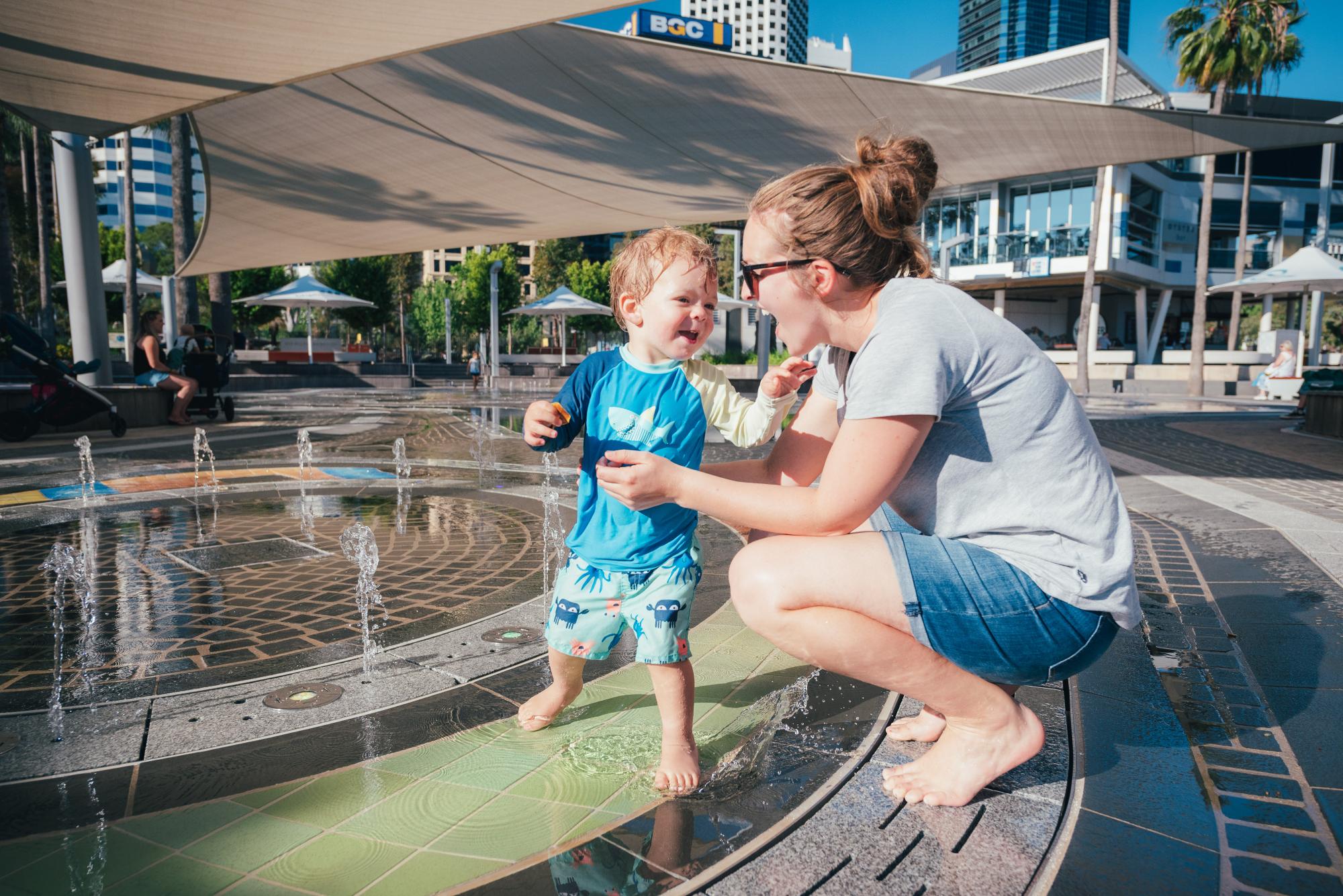
When should we start talking?
Soon. Now.
Whether we talk or not, children learn important messages both in and out of the home that will lay the foundations for their sexual development.
The question is not whether children will learn about sex and sexuality, rather, what and how do we want them to learn?
At home? At school? In the media? Online?
At home
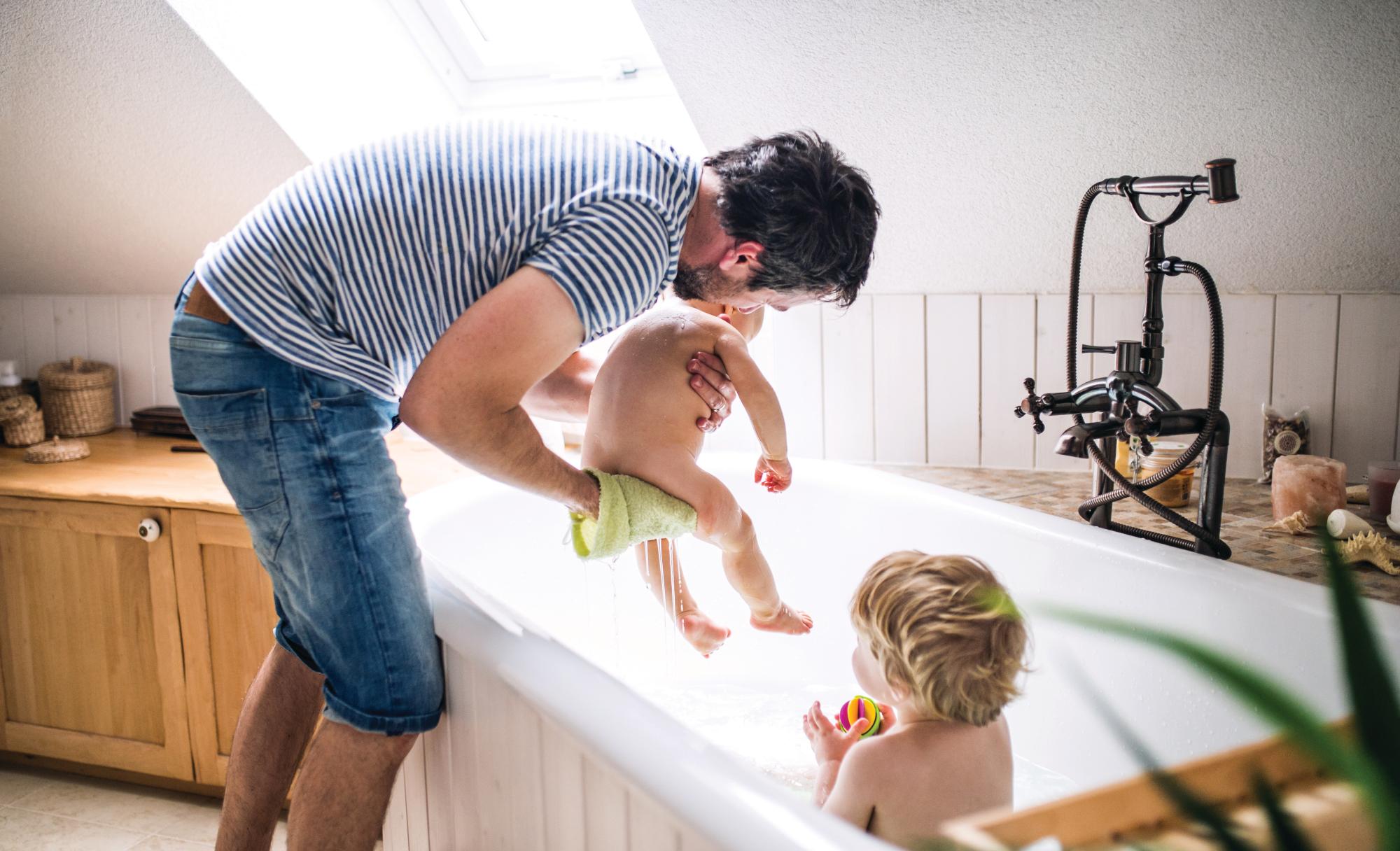
Home is the first place for a child to learn about feeling safe, close and connected.
 Home life provides opportunities for lots of ‘teachable moments’.
Home life provides opportunities for lots of ‘teachable moments’.
Enjoying bath time, learning when it’s OK to be nude, learning how to take care of their body and asking questions about going to the toilet are situations where education about accepting our body begins.
As children get older, reactions to puberty, questions about sex or the arrival of first love and romantic partners will continue the ‘home schooling’.
Ideally children learn early that they can talk to their parents and trusted carers and ask questions.
We’ve always tried to be quite open with our kids and built on discussions, given information and terminology since our kids were small. When questions have been poorly timed or I haven’t had the answer I’ve always been honest and let them know I’ll get back to them later.
Parent of boys 5, 8 and 10
At school
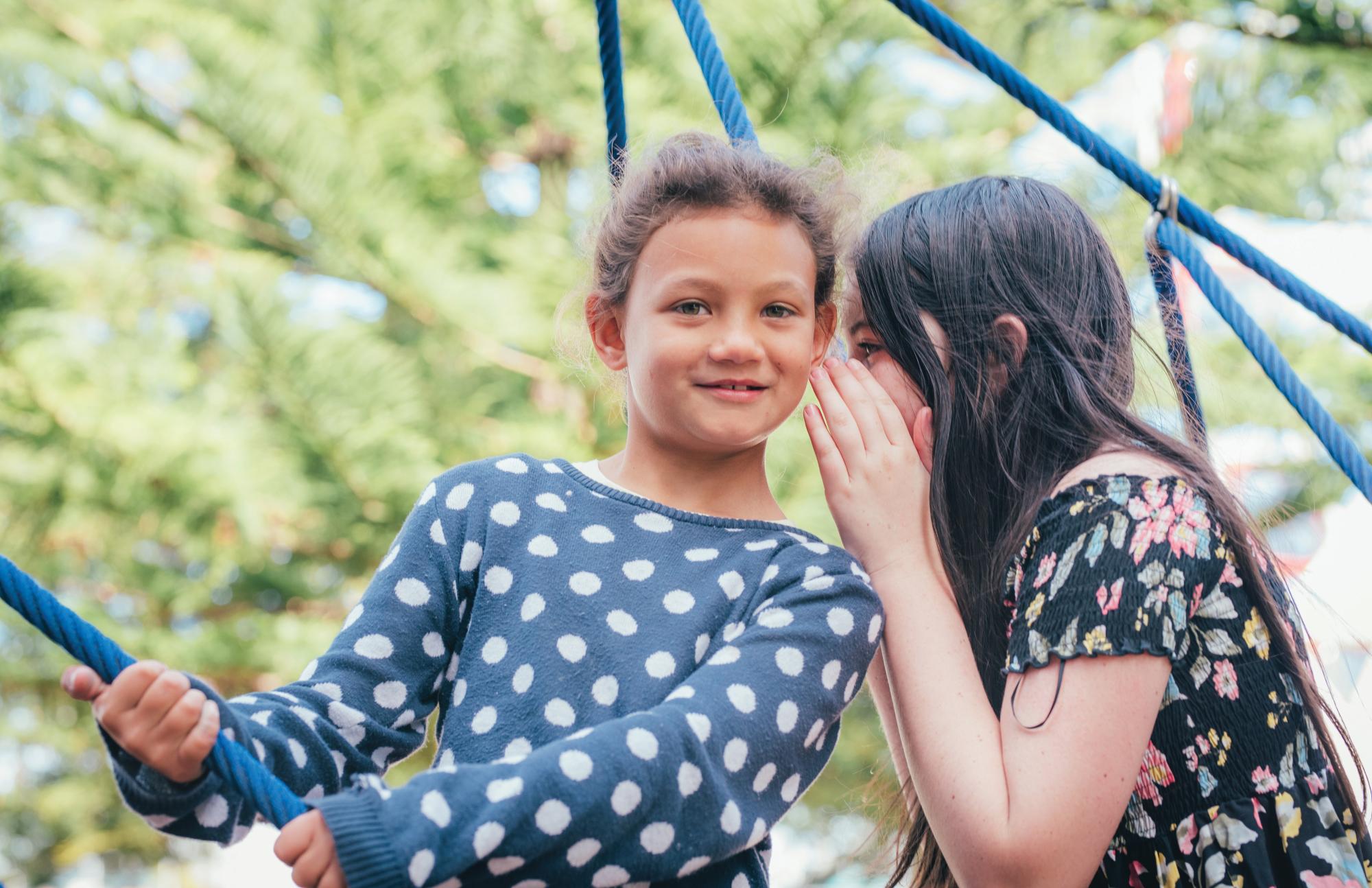
Beyond stories swapped between children in the playground, the way schools manage everyday events has a lot to teach kids too.
Does a child know what to do if they get their period at school?
If young children are found to be showing each other their private parts, is there panic?
Or are children taught that curiosity is OK but showing our private parts at school isn’t appropriate?
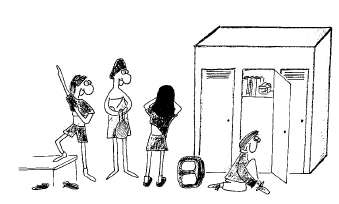
High school corridors and changing rooms are the sites for both excitement and despair about friendships, bodies, belonging, being liked and being loveable.
By the end of high school over half of all young people will have had sexual intercourse.2
Some schools run programs that give young people a chance to make informed choices and think about values around this part of their lives (see Relationships and Sexuality Education in schools).
The younger they are, the less embarrassing it is for them. Because they have always known and it’s not a big secret – they can just come and talk to me. If they hear something in the playground, they can ask me and they know what I’m going to say is going to be open and honest.
Parent of boy 8 and girl 10
In the media
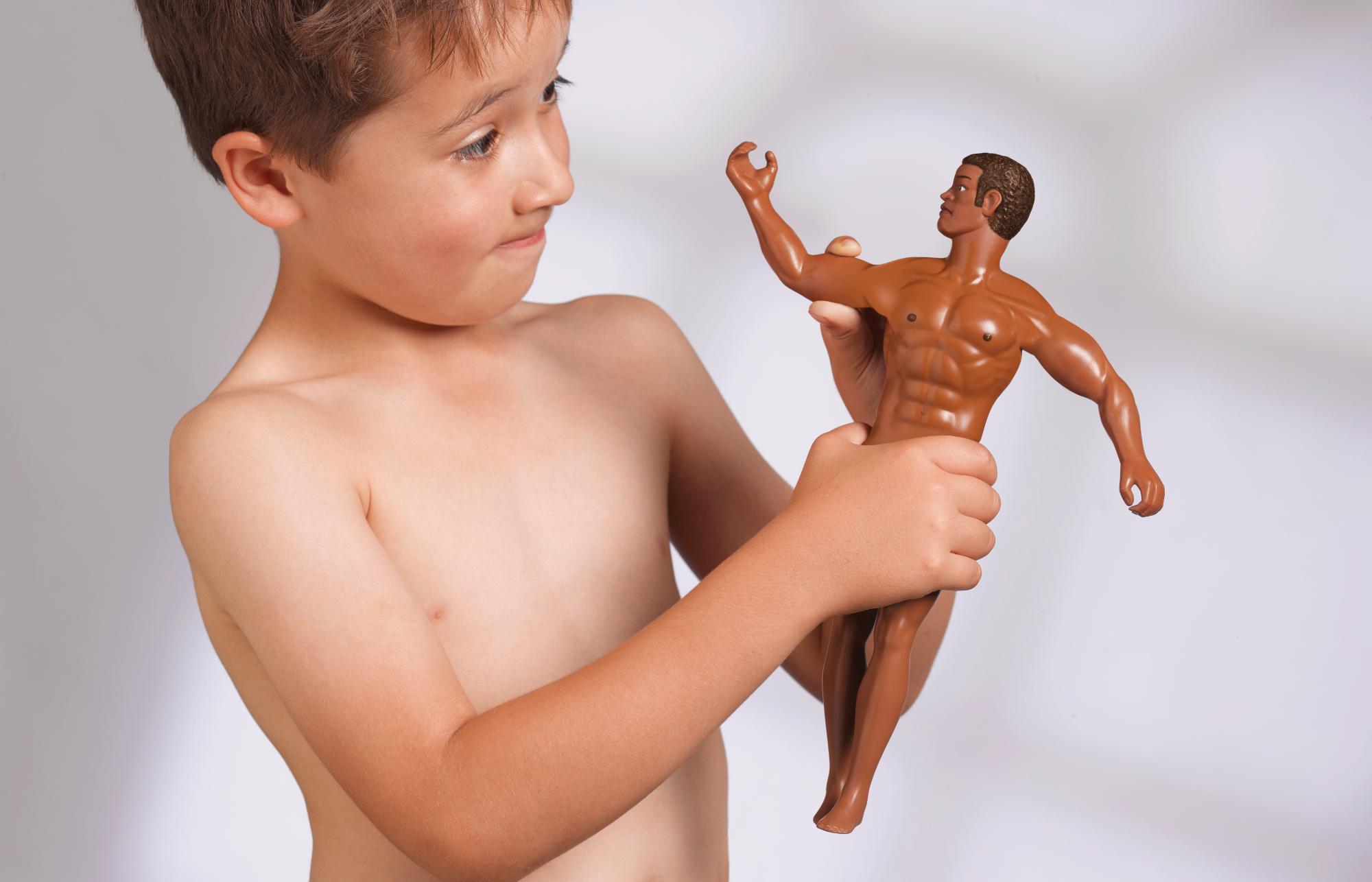
Media messages play a big role in shaping how kids feel about their bodies, gender norms and ideas about sex. Media that only focuses on looks rather than who a person is can hurt kids’ self-esteem.3
 Kids are taught to be critical of their own bodies (and our criticism of our own bodies only adds to this). Media is not very diverse and various groups are not often represented. Finding examples of positive body images will help support your child’s self-esteem (and even your own!).
Kids are taught to be critical of their own bodies (and our criticism of our own bodies only adds to this). Media is not very diverse and various groups are not often represented. Finding examples of positive body images will help support your child’s self-esteem (and even your own!).
When ‘normal’ for a boy equals being tough, never vulnerable, (always) heterosexual and having a large muscular body, or when a girl bases her self-worth on being pleasing and pretty (or sexy), then it’s time to find some different media messages.
We can try to make sure our kids know the difference between made-up, photoshopped media beauty and real-life beauty, the difference between on-screen love and real love, and the dangers of negative body image.
Children and young people also make their own media, and it can be great to ask what makes a 'good' selfie for girls compared to what makes a 'good' selfie for boys, or if kids can challenge these stereotypes.
Media plays a big part in educating our children, whether we like it or not. We need to use the ‘teachable moments’ that arise in the media to challenge negative messages and share our own values.
I used to criticise my own body a lot - fat bits, wobbly bits, stretch marks, too pale, wrinkles. After having my daughter I made the decision to try to be positive about my own body and to be very careful what I say and do in front of her. I want her to be happy that she has a strong and healthy body.
Parent of girl 7
Online
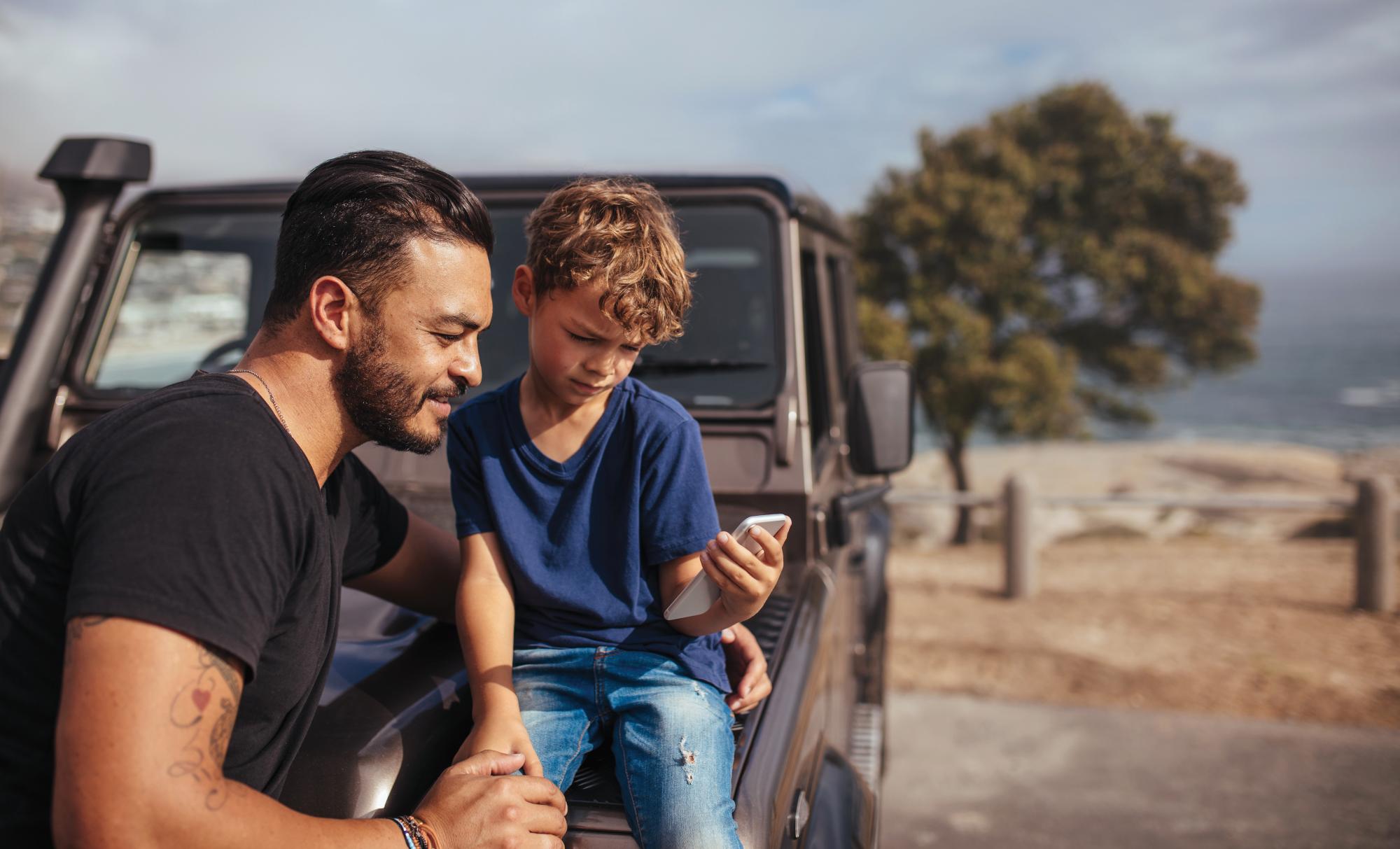
Mobile technology means kids can have easy access to unsupervised Internet and social media use at all times of the day.
Ever younger children expect to have a tablet or phone and we can’t expect all of our relatives and friends to have Internet filters on their devices.
There is a strong chance that children will see sexually explicit images, pornography or violent images online.
Primary school children find violent news stories or sexual images the most upsetting, and teenagers find online comments and relationship issues the most challenging.4
Mobile phones and online spaces allow kids to get closer with someone they are just getting to know much sooner.
Children usually report problems occurring with others of a similar age rather than unknown adults they have met online; however, it is impossible to really know how old someone is, or what their intentions are if they are only interacting with this person online.4 (See Online behaviour and safety for tips on how to keep kids safe online.)
 Whatever the device or app they are using, the key messages remain:
Whatever the device or app they are using, the key messages remain:
- You can come to me if you are worried
- We treat one another with kindness and respect
Keeping up to date with the latest social media apps and games is so difficult as they evolve so quickly.
Parent of girl 7 and boy 11
You might also be interested in:
Body image resources, Growing and developing healthy relationships
The parent's Guide to Puberty, by Cath Hakanson, an experienced sex educator in Australia who provides tools, talking points, and prompts for parents.
